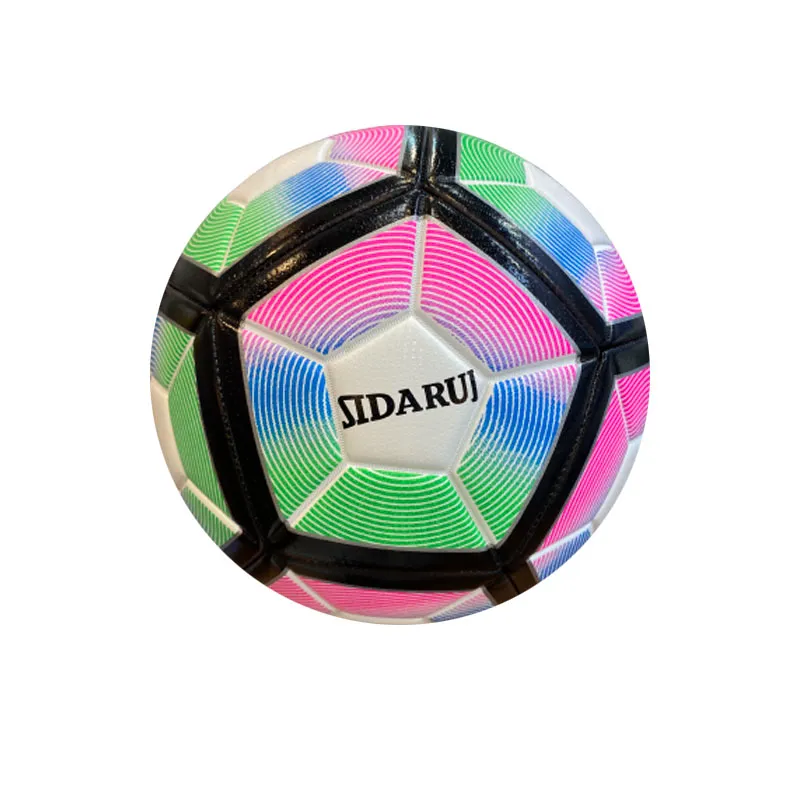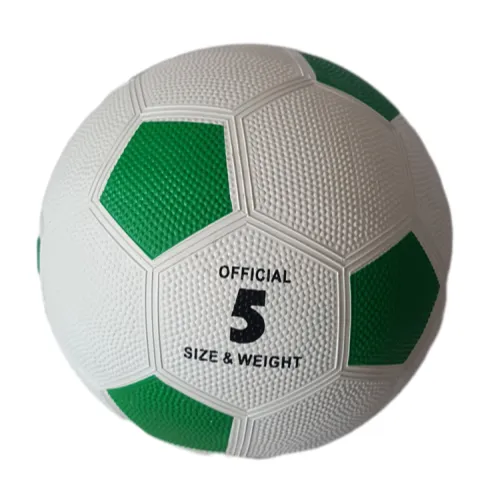Understanding the significance of choosing the right ball size for U13 football players is crucial for both enhancing their performance and ensuring their safety on the field. The selection process should go beyond mere tradition or convenience; it must be rooted in a comprehensive approach that considers the physical development, skill level, and psychological readiness of young athletes.

Firstly, the appropriate ball size plays a critical role in the development of a player's technical skills. For U13 players,
a size 4 ball is commonly recommended. This specific size is designed to suit the developmental stage of players who are transitioning from the more elementary stages of football to a more competitive and technically demanding level. At this age, players are developing more refined motor skills, improved coordination, and a greater capacity for strategic thinking. A size 4 ball, which is lighter and smaller than the regulation size 5, facilitates the honing of these skills by being easier to maneuver, control, and strike accurately.
Moreover, using a ball that is proportionate to the players' physical attributes reduces the risk of injury, a concern that is paramount in youth sports. The weight and size of a football can have direct implications on the young athletes' muscle development and joint health. A heavier or larger ball could lead to strains or injuries, particularly in the feet and legs, which are still growing. Ensuring that the ball is not excessively challenging to manage allows for a more natural development of the muscles and prevents unnecessary physical stress, fostering a healthier athletic progression.

The psychological impact of using the correct football size should not be underestimated. At the U13 level, the players' confidence and passion for the game are as significant as their physical prowess. A ball that's appropriate for their size and strength can make the game more enjoyable and less frustrating, thereby enhancing their confidence levels. Players who feel competent and capable are more likely to engage actively in training and matches, leading to improved skills and a lifelong love for the sport. This is crucial during this developmental stage, where self-esteem is closely tied to their perceived competence in their chosen activities.
u13 football ball size
From a competitive standpoint, aligning with the recommended ball size ensures consistency and fairness in youth leagues. Standardizing ball size at this stage sets the groundwork for a more level playing field, where skill rather than equipment provides the winning edge. Coaches and league organizers must emphasize this standardization to maintain the integrity and developmental goals of youth football programs.
In addition to these factors, the importance of expert input cannot be ignored. Coaches, sports scientists, and pediatric sports health experts should have a say in the decision-making process regarding equipment standards. Their insight, based on both empirical research and practical experience, offers invaluable guidance that ensures the well-being and effective development of young athletes.
Furthermore, parental involvement in this selection process is beneficial. Parents often have unique insights into their children's individual needs, sensitivities, and preferences. Encouraging an open dialogue between coaches, parents, and players can lead to a more tailored approach that respects both the universal standards and the personal needs of each athlete.
In conclusion, the choice of a size 4 football for U13 players is not merely a matter of convention but is grounded in a multifaceted consideration of player development, safety, and enjoyment. The decision rests on evidence and expert consensus, aimed at providing a balanced approach that promotes both physical skill acquisition and psychological growth. As such, ensuring that U13 players use the appropriate ball size is essential in setting a strong foundation for their continued success and enjoyment of football.













